-

















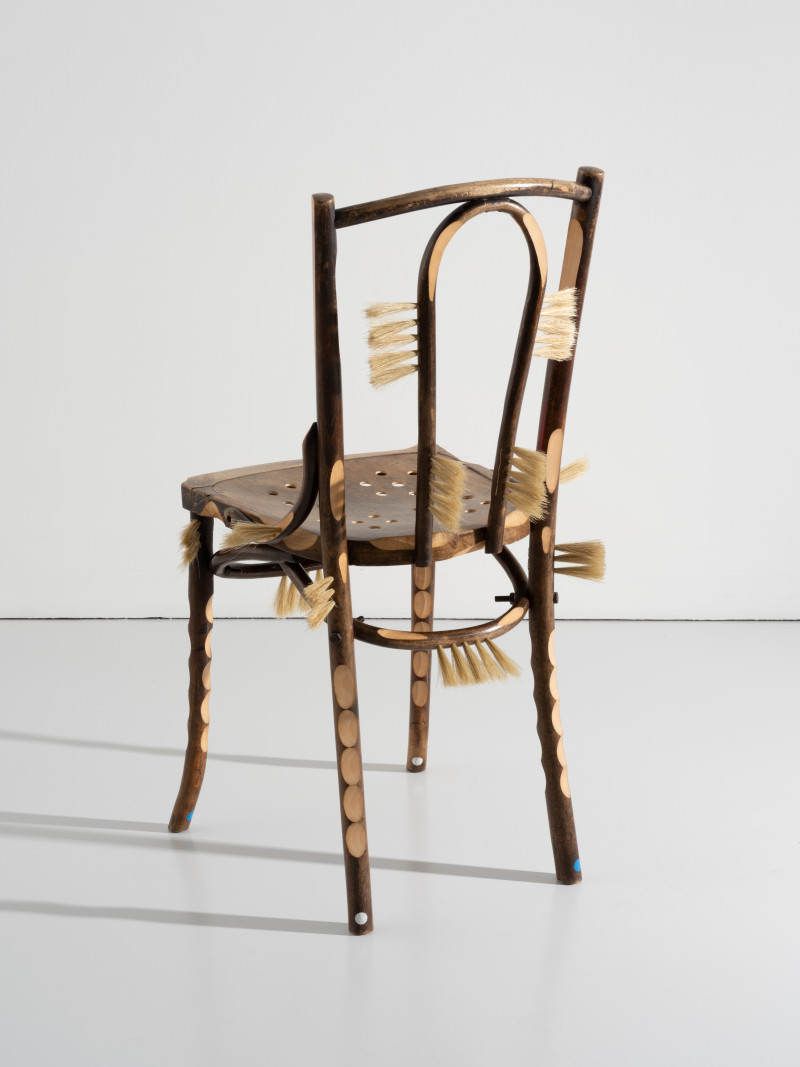




Bossa Bossa Chairs, 2025 -



Frieze 2025 – Booth with Kate MacGarry, 2025 -


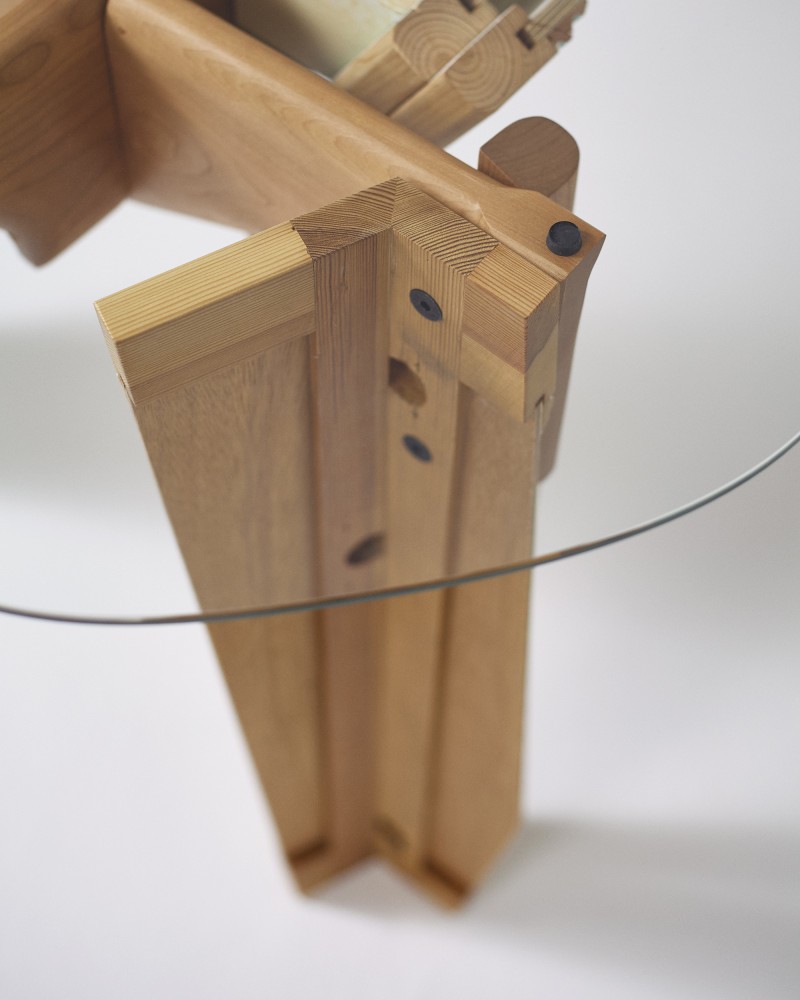

On the square table, 2025 -









The Guest House For An Ostrich, 2024 -

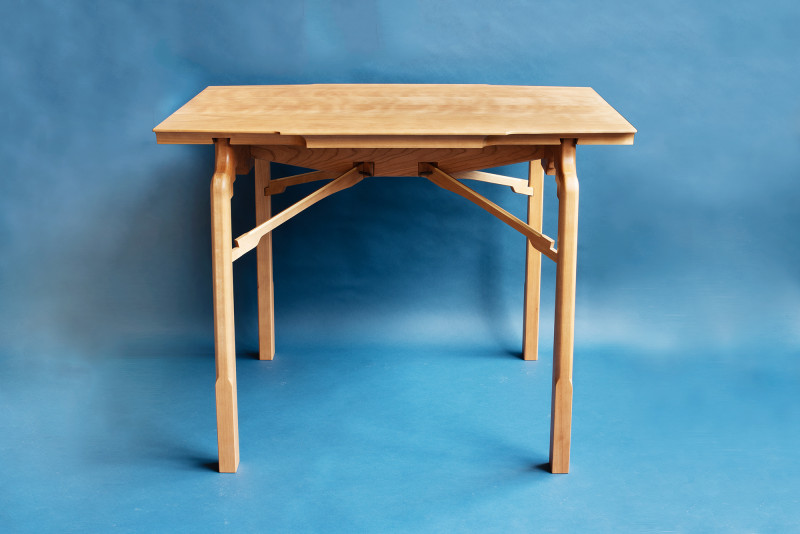


Impro Cosmic Crab Table, 2023 -
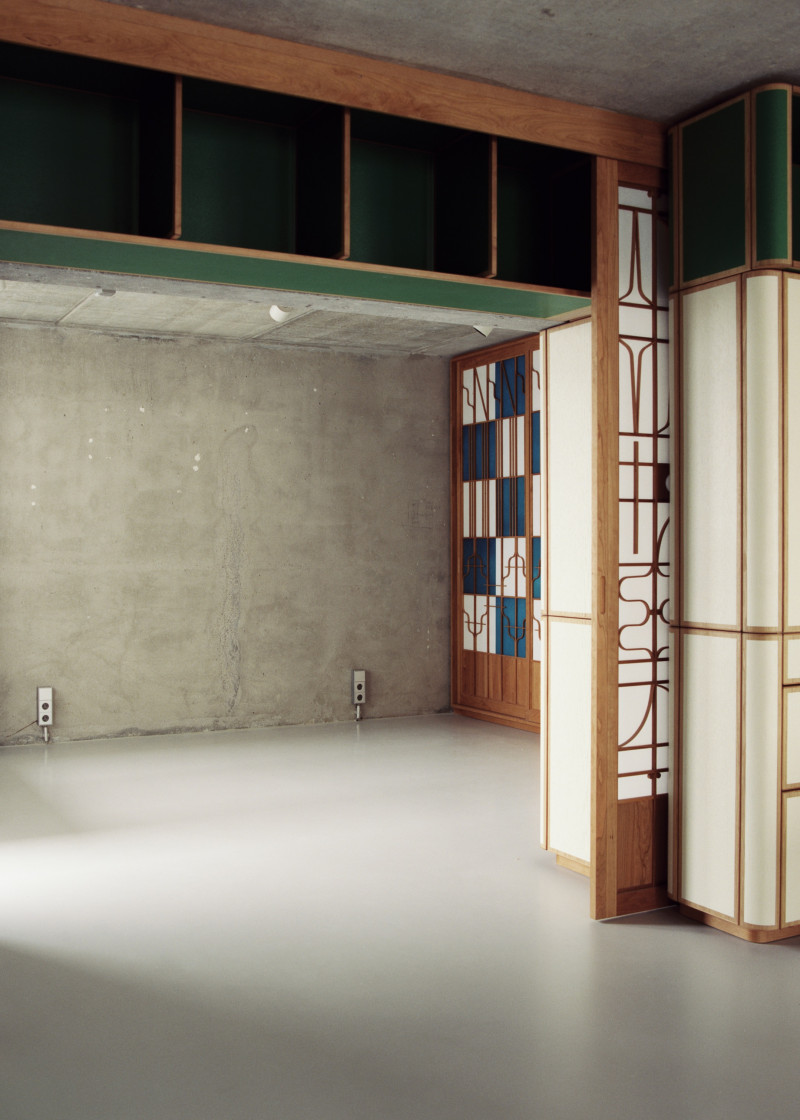




Leibzieger Komplex Berlin, 2023 -



Play 01, Play 02 and Factory Amp, 2023 -


Schhhlange Hook, 2023 -







KROOKED PENCILG with Kate Macgarry, 2025 -



Chiro Chiro Mobile, 2022 -



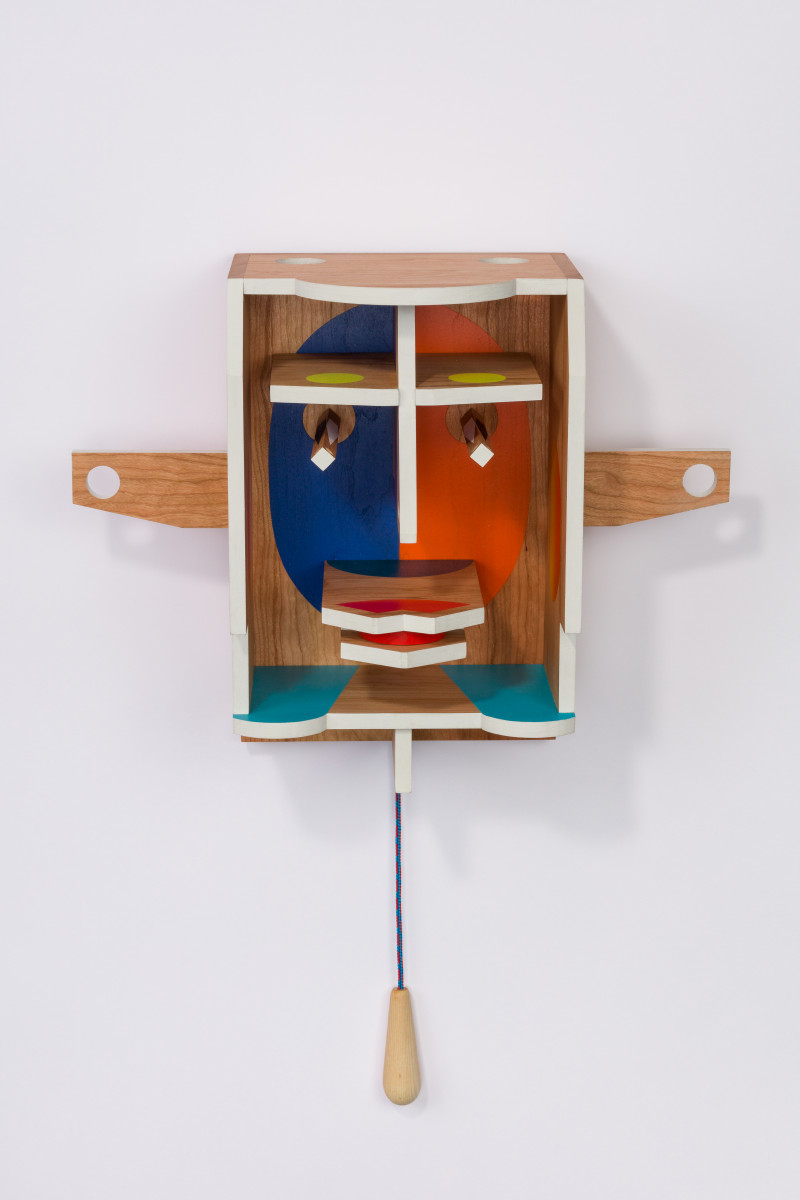

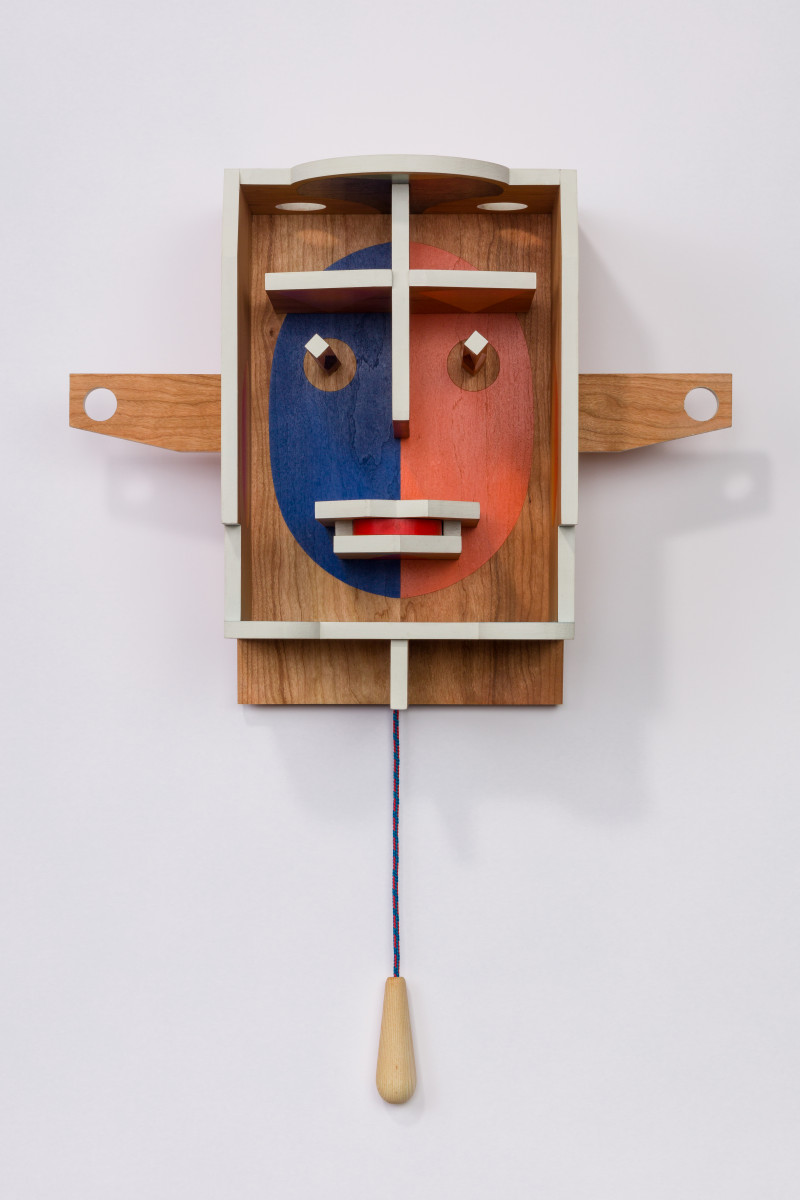






Head Shelves, 2022 -

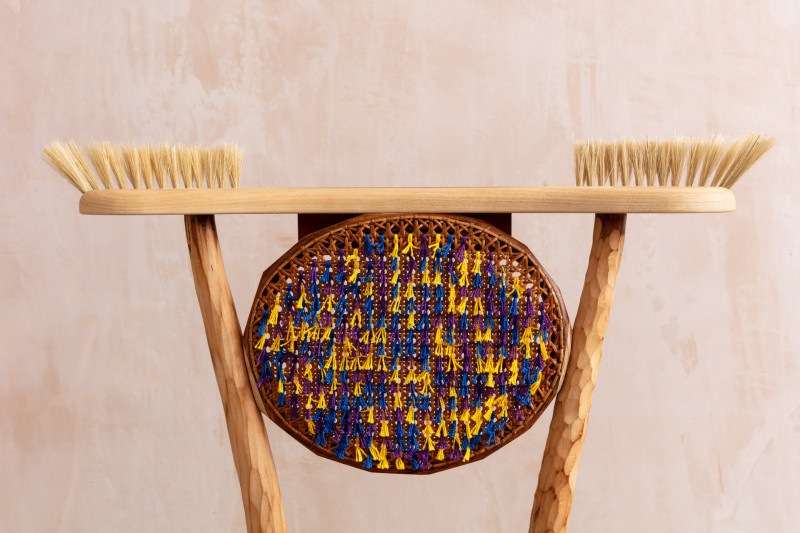






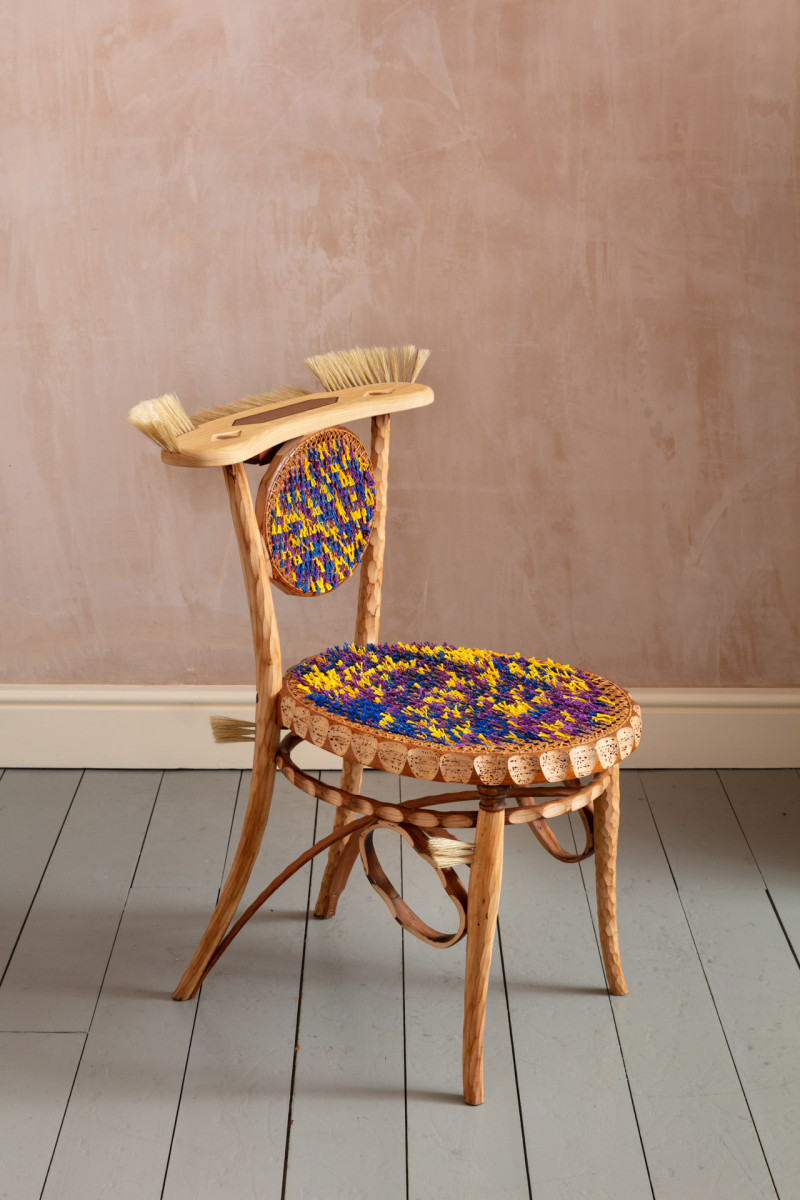


Positive Chair, 2021 -
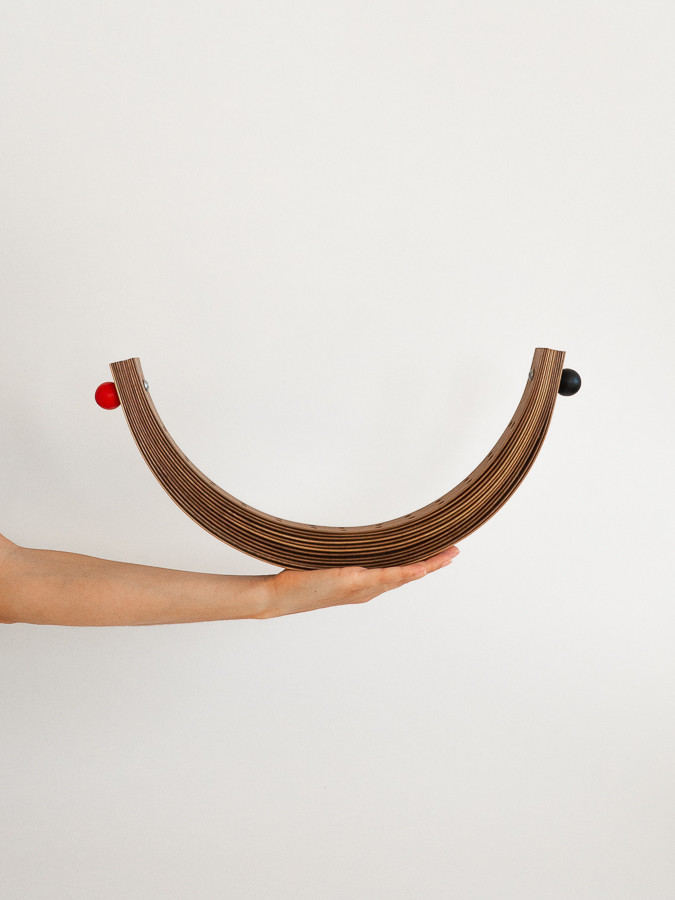


Zaru Collander, 2021 -



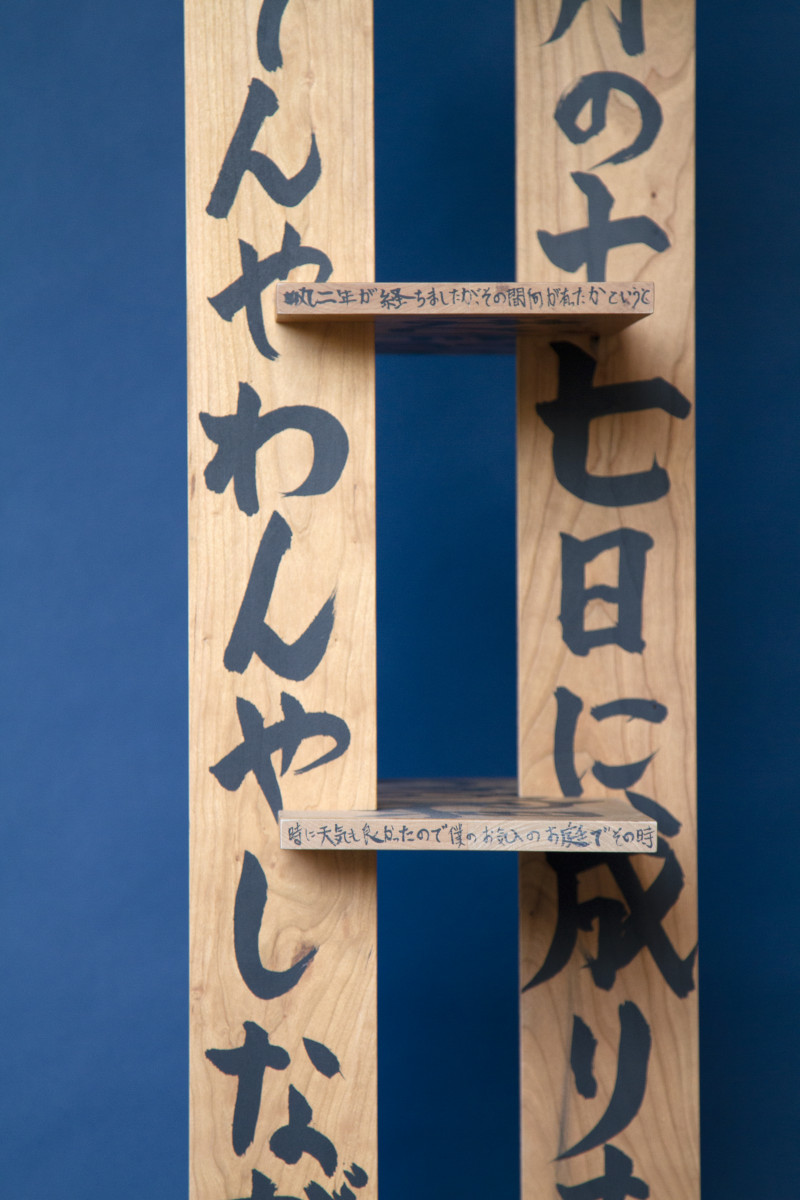


Diary furniture Collection, 2020–2021 -




Fish Table (Fatty Tuna), 2019 -



Kaijyu Mask, 2019 -
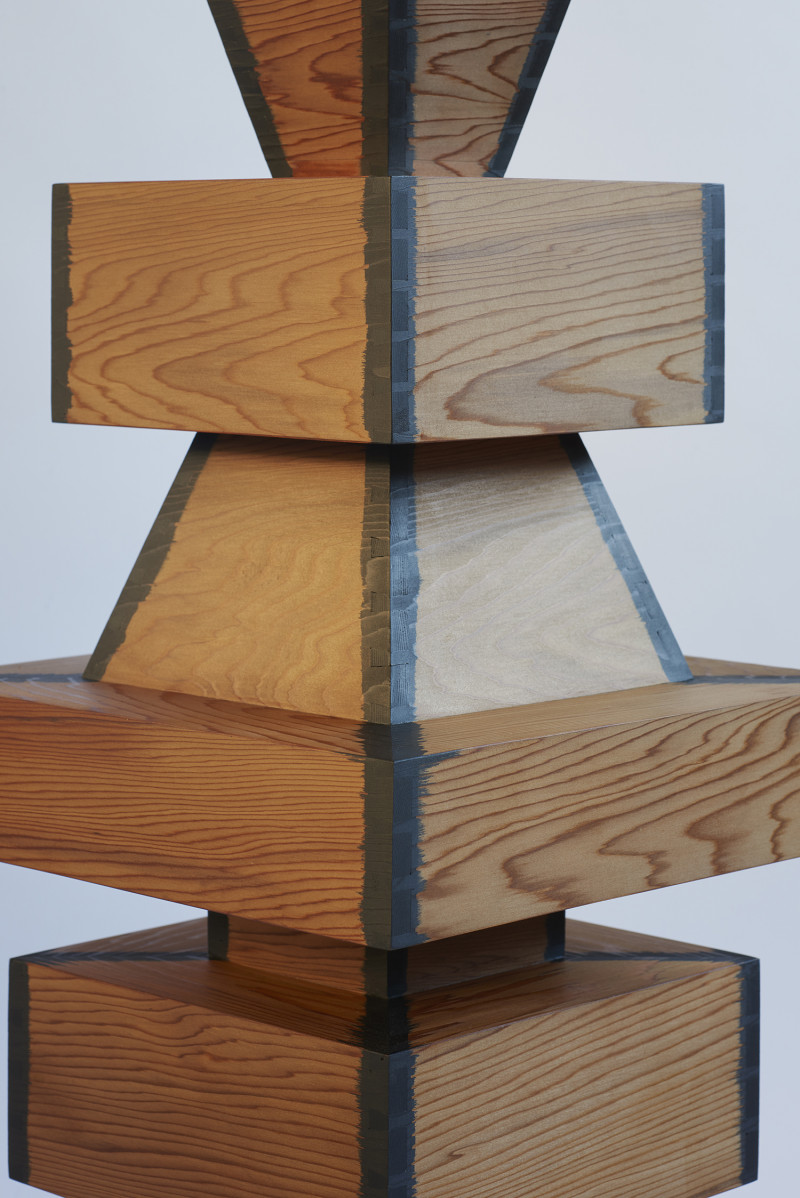


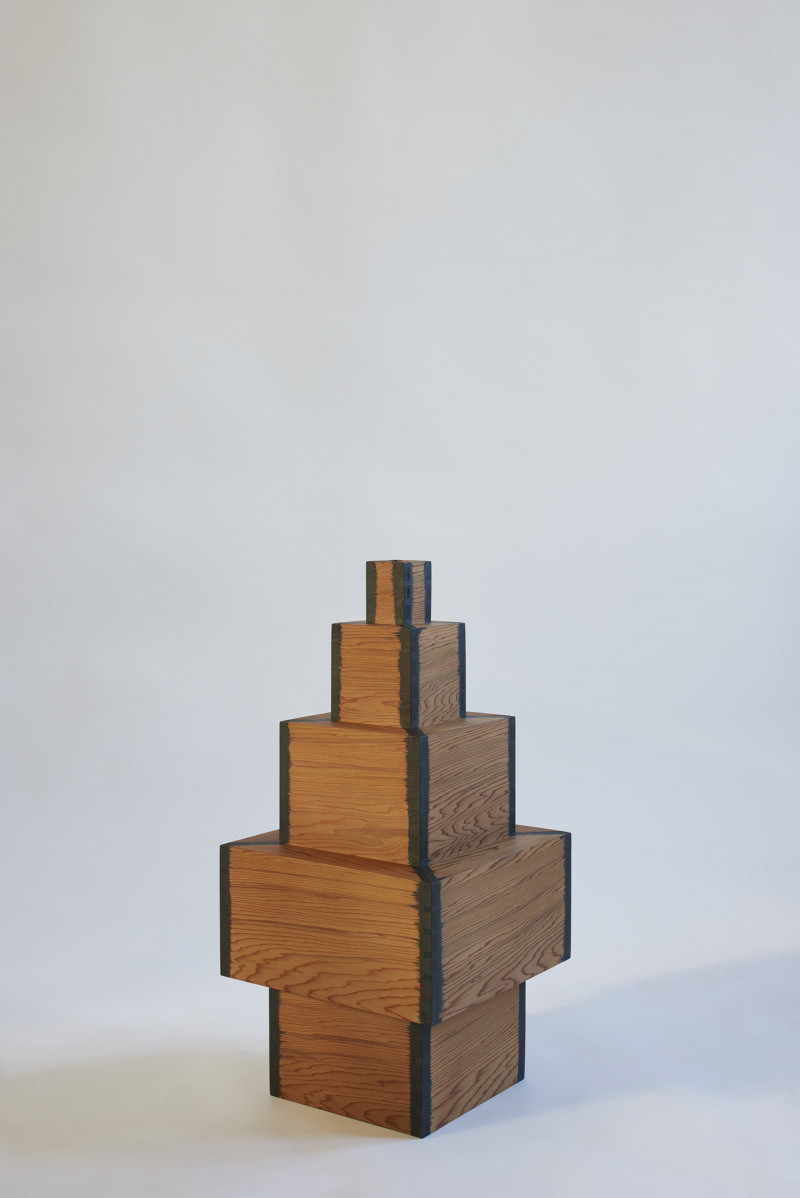



Hato Vases, 2018 -
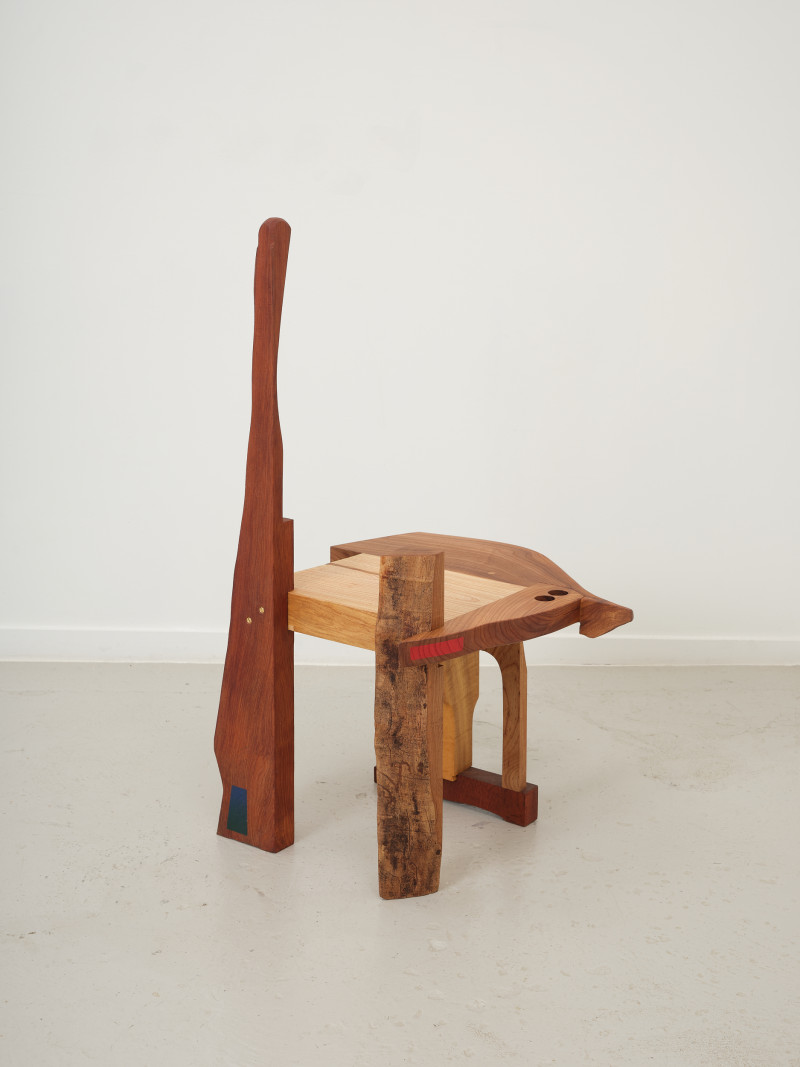







Fritz Rauh and Rio Kobayashi, 2025 -

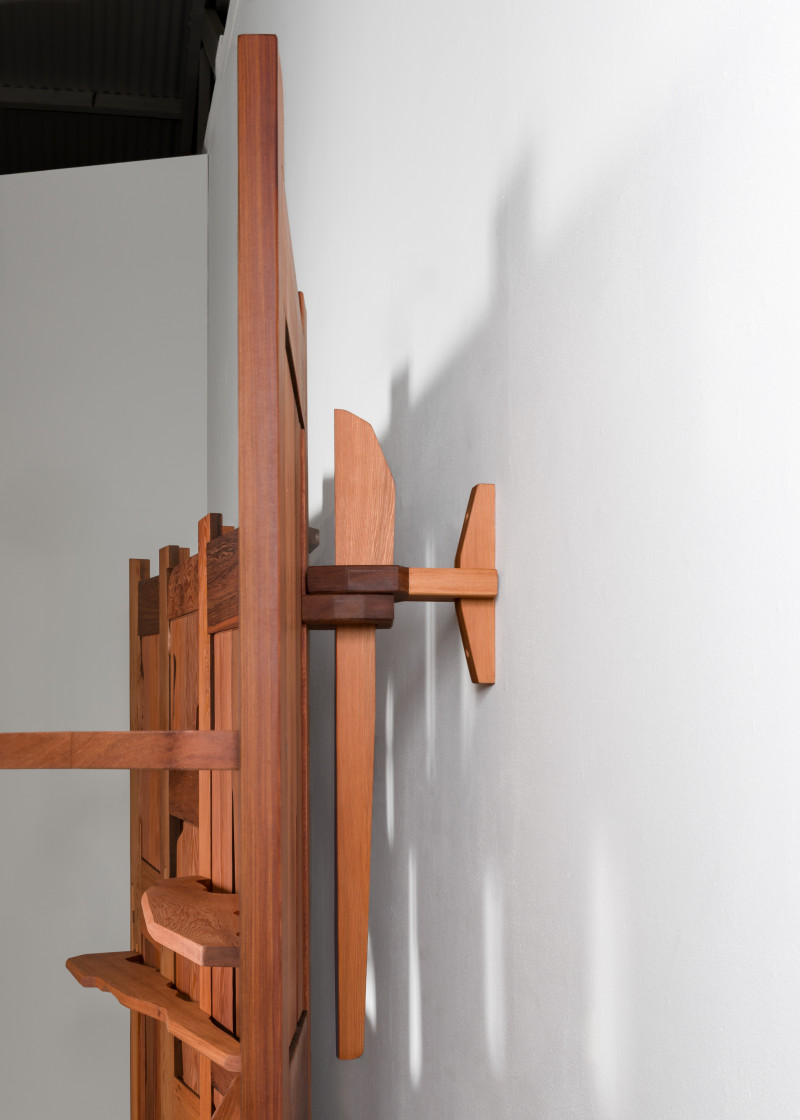


Design Miami × Blunk space (Big Red), 2024 -


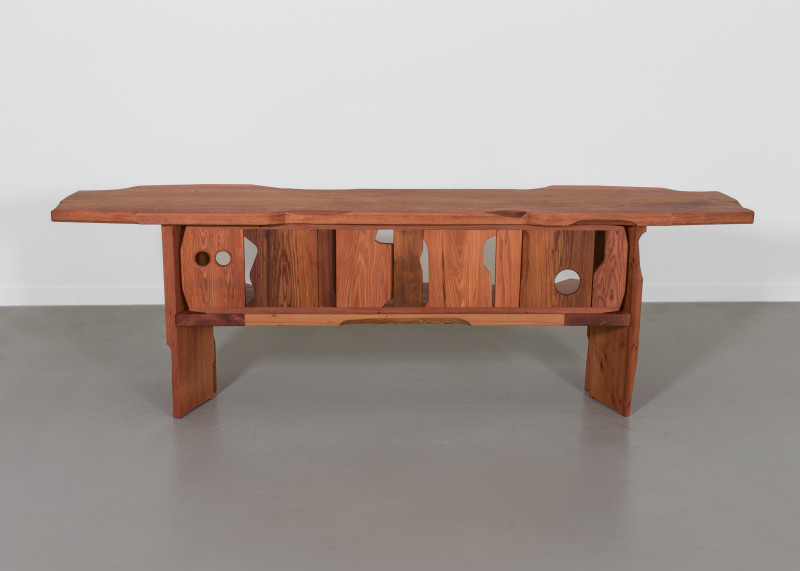

Design Miami × Blunk space (Tacoma), 2024 -


Design Miami × Blunk space (Keitora), 2024 -





Design Miami × Blunk space (Tundra), 2024 -



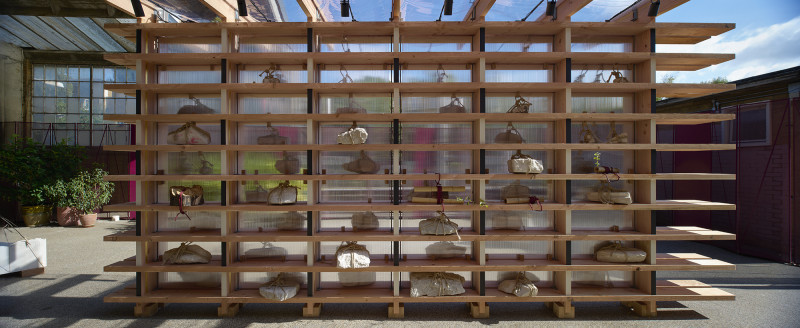



Off The Shelf Pavillion, 2024 -


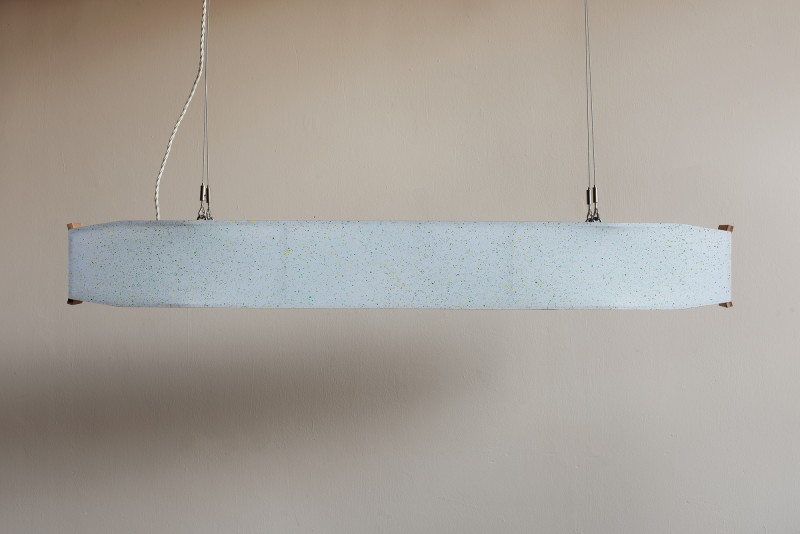
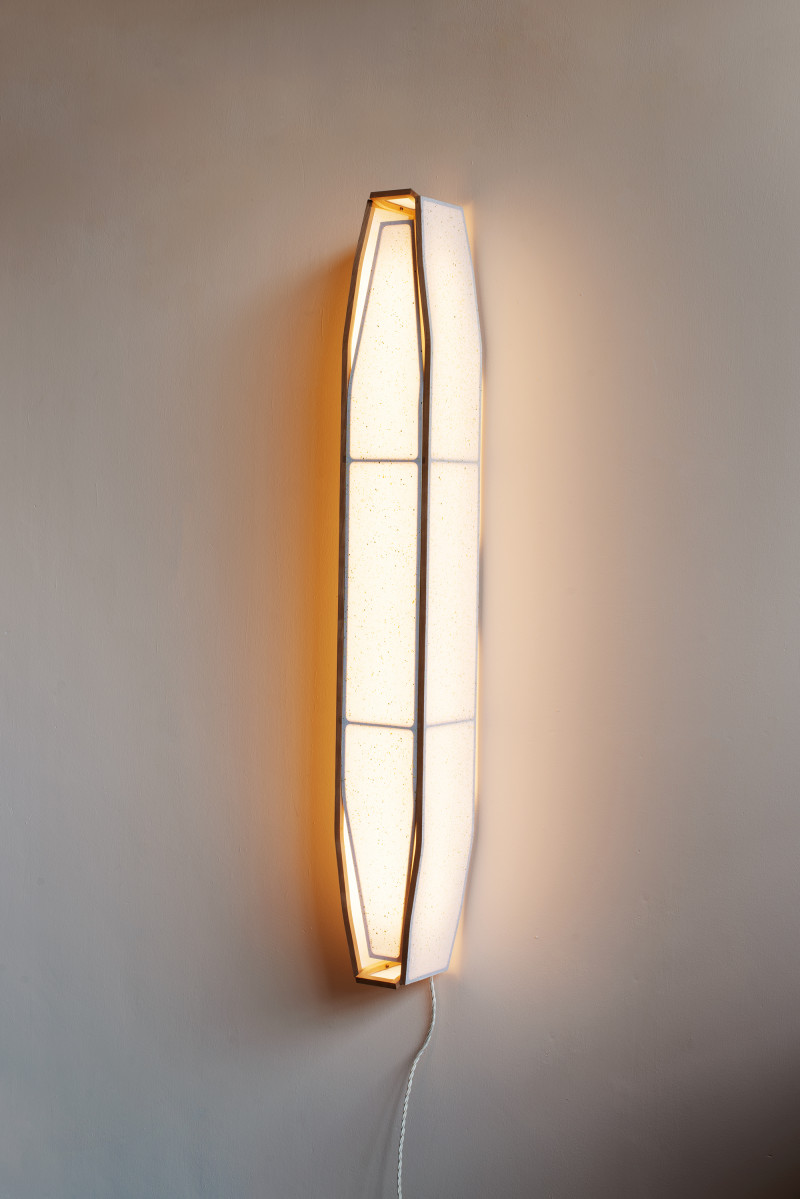


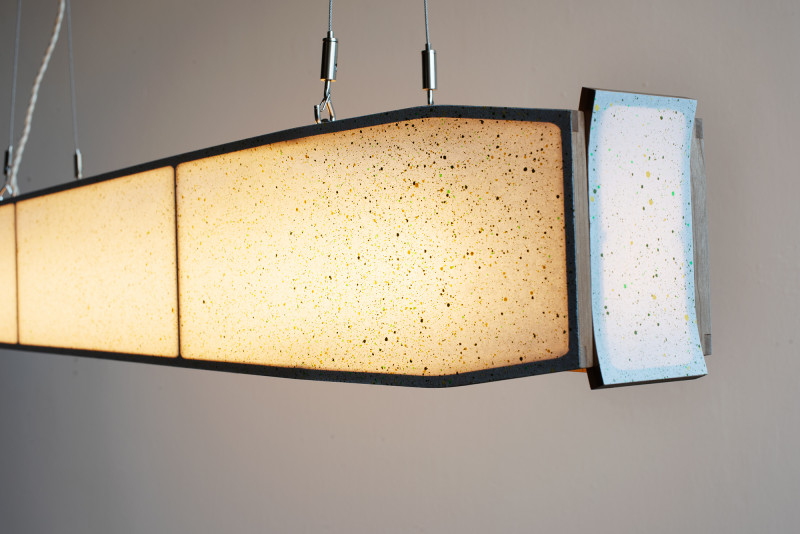












Furikake Lantern, 2023 -
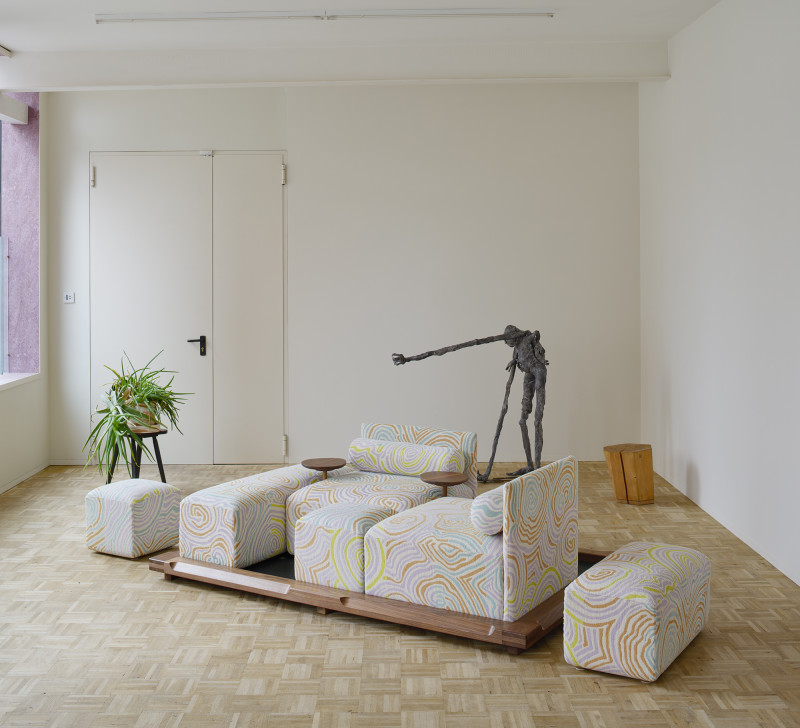









Piece of Cake Sofa, 2023 -

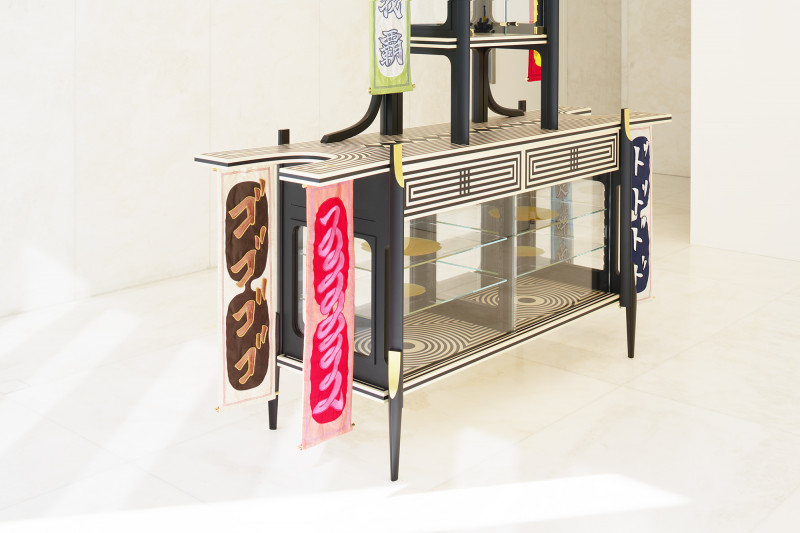




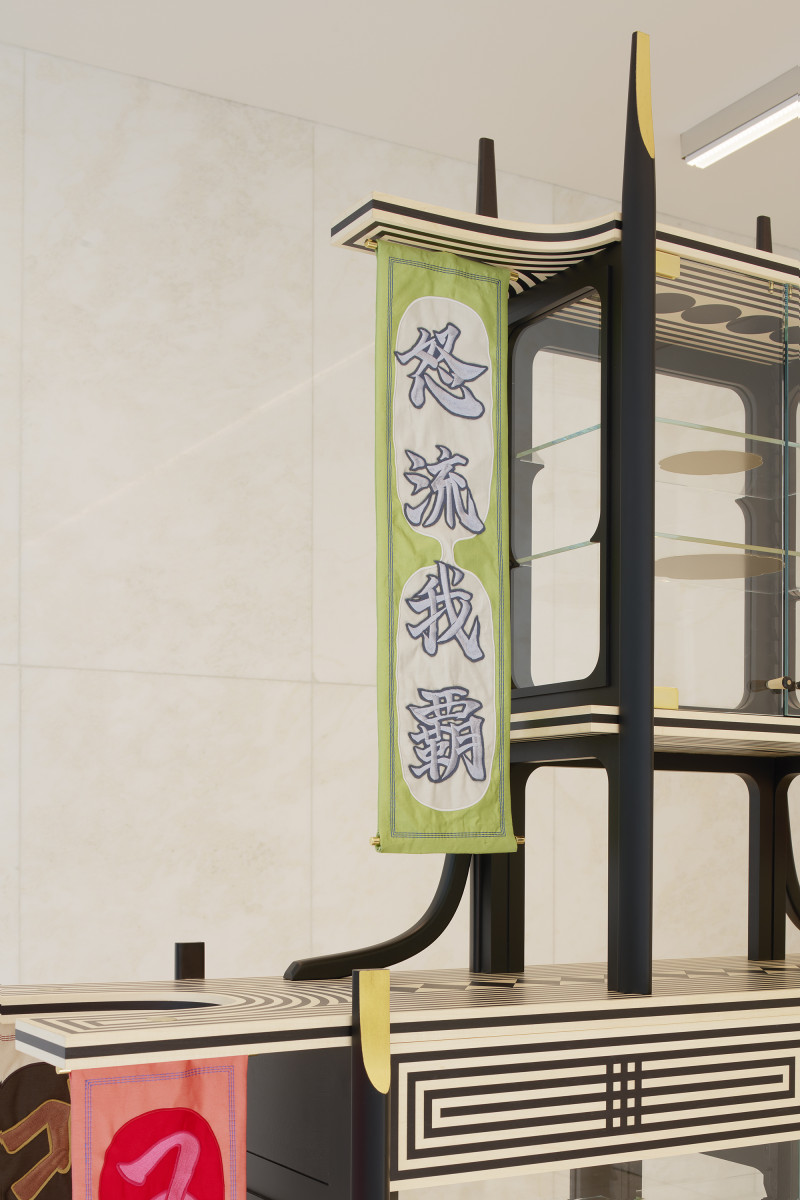
Shima Uma, 2023 -





Rorrim Rorrim, 2022 -
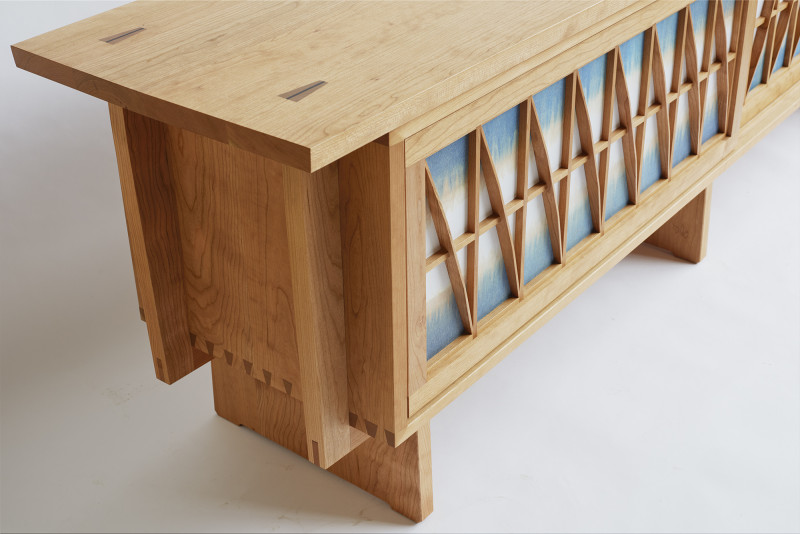
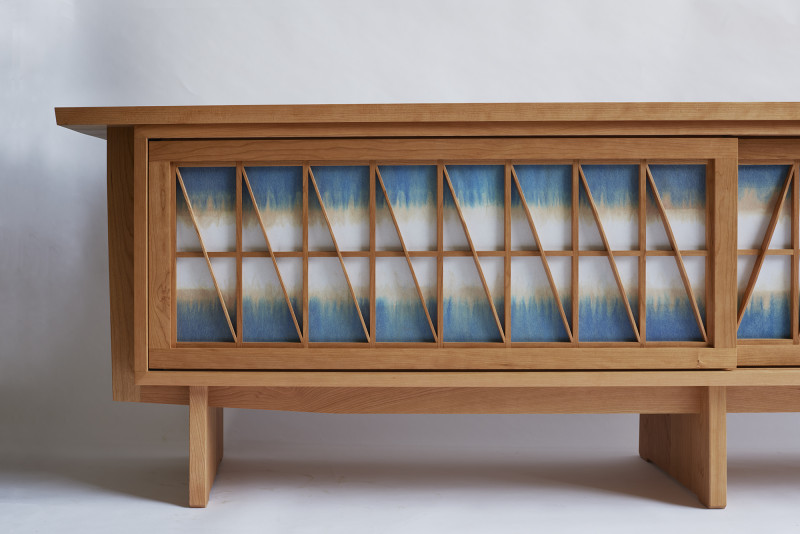
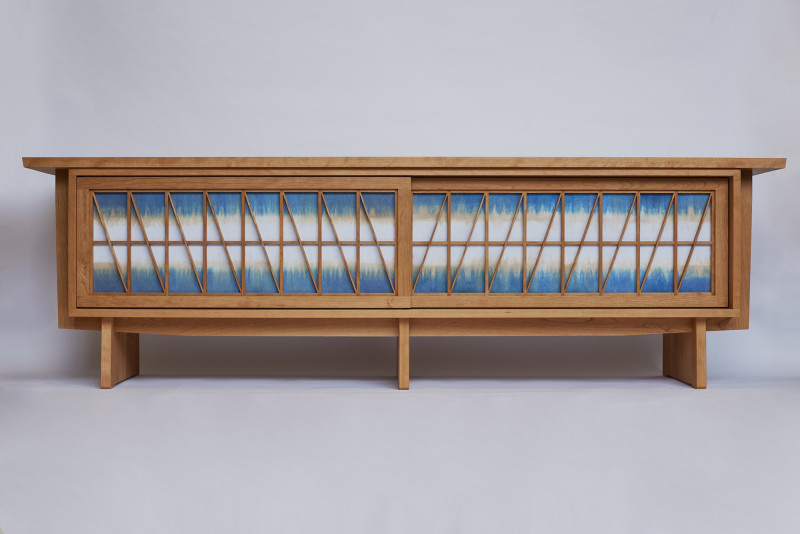
Zig Zag Credenza, 2022 -

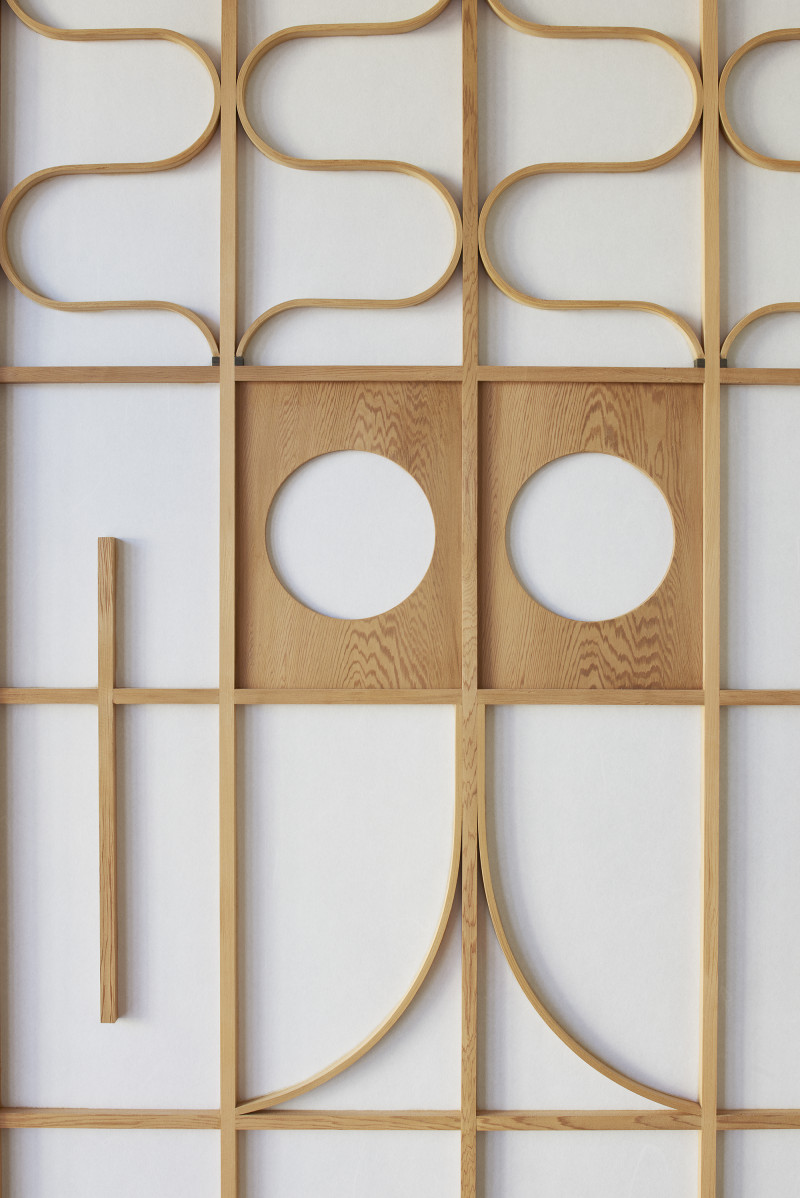












Shoji collection, 2020 -



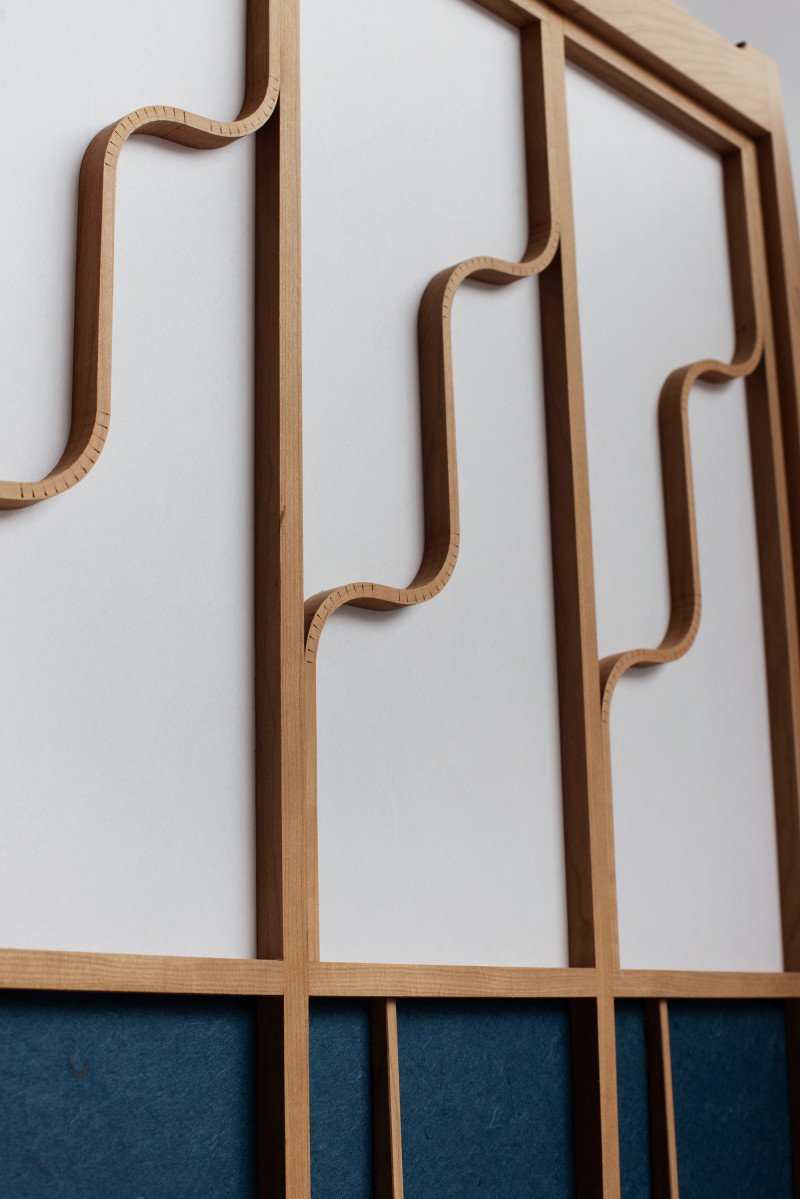

Shoji paravant III, 2020 -






Robot Shelf, 2019 -







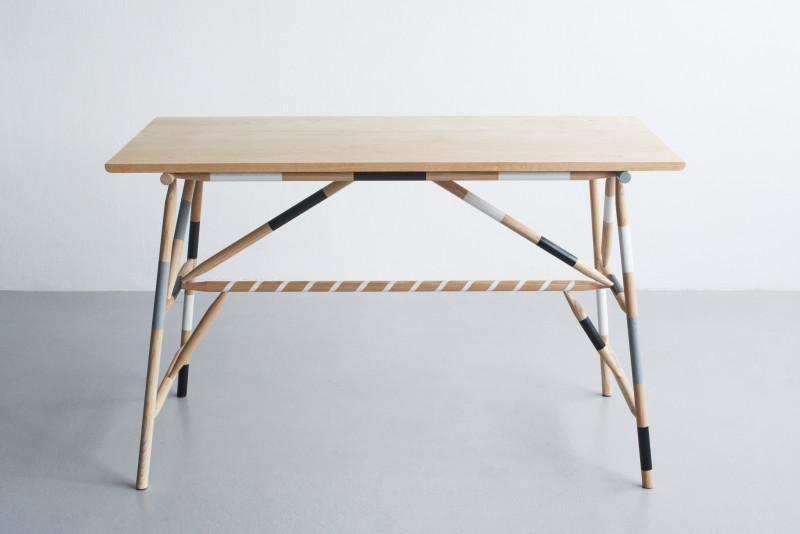


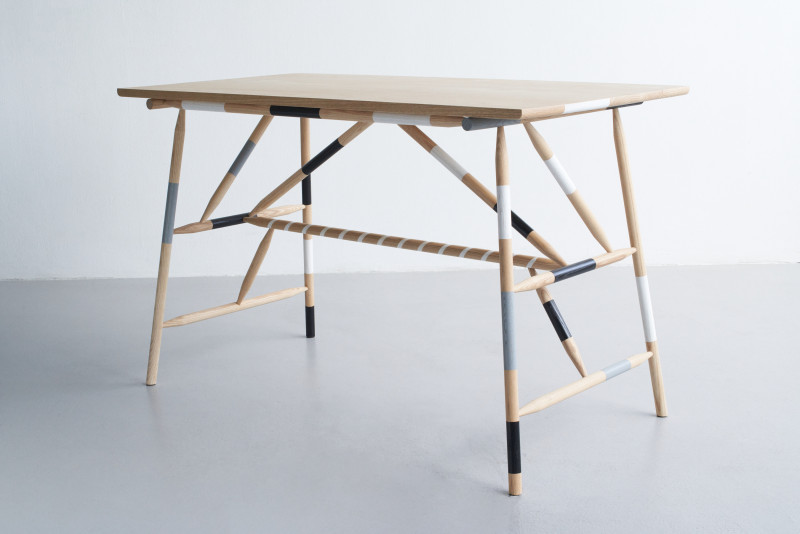
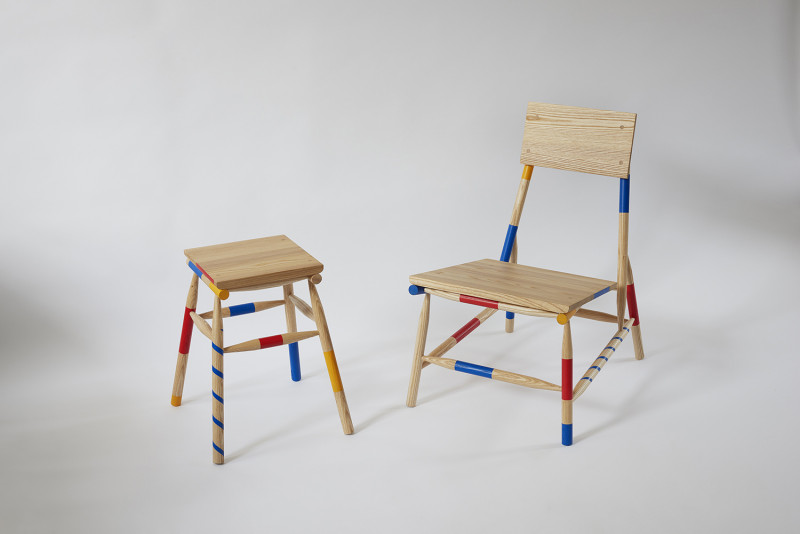













Mikado Collection, 2017